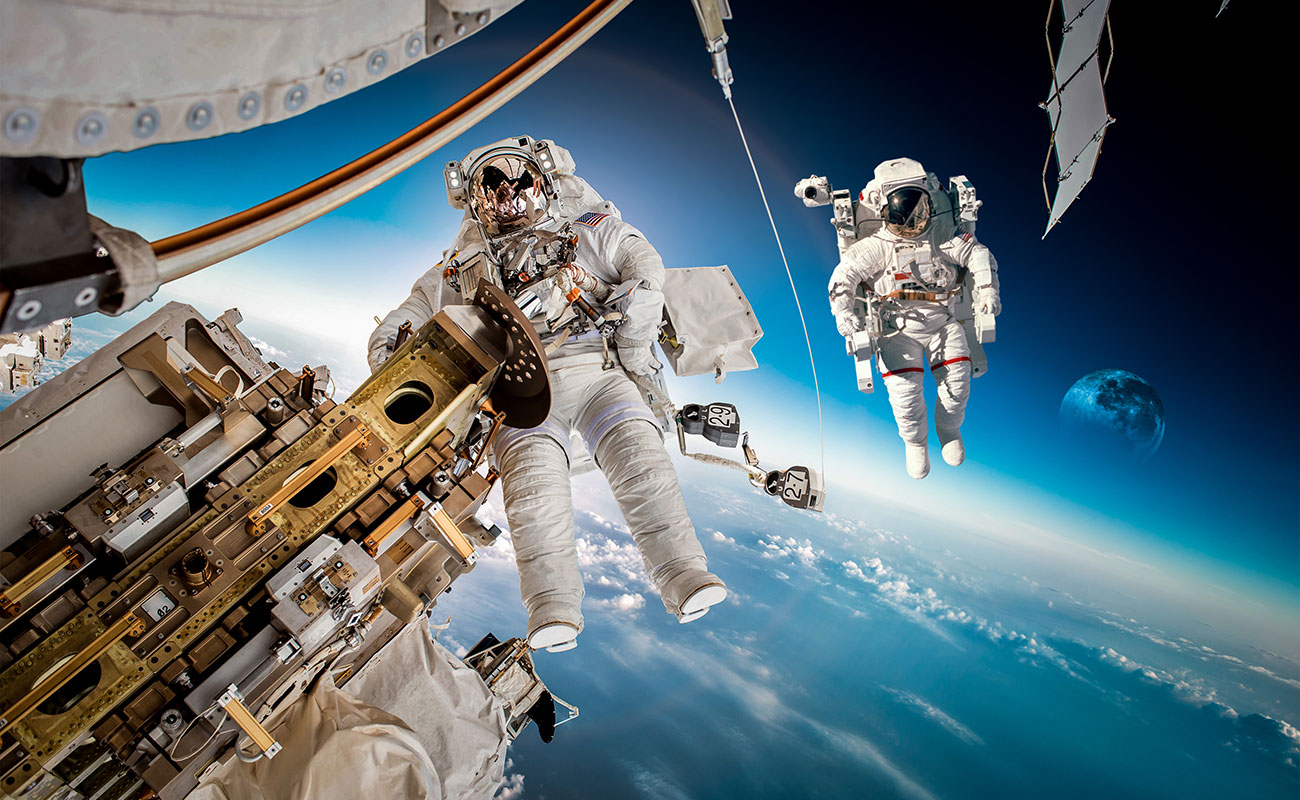NASA’s ambition to send humans to Mars has evolved from a distant dream into a meticulously planned endeavor. With advancements in technology, international collaboration, and a clear roadmap, the agency is preparing for what could be the most significant milestone in human space exploration.
A Strategic Roadmap: From the Moon to Mars
NASA’s approach to Mars exploration is built upon the Artemis program, which aims to return humans to the Moon by 2027. This lunar mission serves as a proving ground for technologies and strategies that will be essential for Mars missions. The Moon’s proximity allows for testing life support systems, habitat construction, and resource utilization in a less challenging environment before embarking on the longer and more complex journey to Mars .
Propulsion Systems: Reaching Mars Efficiently
The journey to Mars is daunting, with a round-trip duration of approximately 18 months. NASA is exploring two primary propulsion methods:
- Nuclear Thermal Propulsion (NTP): This system uses nuclear reactions to heat a propellant, offering higher efficiency than traditional chemical rockets. NTP could significantly reduce travel time, a critical factor for crew safety and mission success.
- Chemical Propulsion: While well-understood and reliable, chemical rockets are less efficient for long-duration missions. They remain a backup option, especially for initial missions or in scenarios where NTP technology isn’t ready .
The Deep Space Transport (DST): A Vision for Interplanetary Travel
The DST is a conceptual spacecraft designed to transport astronauts to Mars. It would consist of an Orion capsule for crew transport and a habitation module equipped with life support systems. The DST aims to support missions lasting up to 1,000 days, including travel time and surface operations. While still in the conceptual phase, the DST represents NASA’s commitment to developing sustainable interplanetary travel solutions .
Surface Operations: Living on Mars
Once on Mars, astronauts will face the challenge of establishing a sustainable presence. NASA’s Mars Dune Alpha habitat, a 3D-printed structure located at the Johnson Space Center, simulates Martian living conditions. This habitat includes areas for work, recreation, and food cultivation, providing valuable data on human behavior and resource management in isolated environments .
Key aspects of surface operations include:
- In-Situ Resource Utilization (ISRU): Technologies like the Mars Oxygen In-Situ Resource Utilization Experiment (MOXIE) aim to produce oxygen from the Martian atmosphere, which can be used for breathing and fuel .
- Food Production: Growing food on Mars will be essential for long-term missions. Research into hydroponics and other agricultural methods is ongoing to ensure a reliable food supply.
- Water Extraction: Extracting water from the Martian soil or atmosphere is critical. NASA is developing systems to recycle water and extract it from local resources.
Crew Health and Performance: Ensuring Astronaut Well-being
The extended duration of Mars missions poses unique challenges to astronaut health. NASA’s Crew Health and Performance Exploration Analog (CHAPEA) missions simulate Martian conditions to study the effects of isolation, confinement, and resource limitations on crew dynamics and performance. These analog missions provide insights into psychological and physiological challenges, informing strategies to support crew well-being during actual missions .
Communication and Navigation: Overcoming the Distance
With Mars being millions of kilometers from Earth, communication delays can range from 13 to 24 minutes one-way. This latency necessitates autonomous systems for navigation, decision-making, and problem-solving. NASA is developing advanced communication technologies, including laser-based systems, to improve data transmission rates and reliability .
International Collaboration and Commercial Partnerships
NASA recognizes that the complexities of Mars exploration require global collaboration. The agency is working with international space agencies and private companies to share knowledge, resources, and technologies. For instance, partnerships with companies like SpaceX are exploring innovative approaches to spacecraft design and propulsion, potentially accelerating mission timelines .
Challenges and Considerations
Despite significant progress, several challenges remain:
- Radiation Exposure: The journey to Mars exposes astronauts to higher levels of cosmic radiation. Developing effective shielding and understanding long-term health impacts are priorities.
- Psychological Effects: The isolation and confinement of Mars missions can affect mental health. Ongoing studies aim to develop support systems to mitigate these effects.
- Budget and Funding: Sustaining funding for Mars missions amid changing political landscapes and competing priorities is a continual challenge.
Looking Ahead: A Vision for the Future
NASA’s plans for a human mission to Mars are ambitious and multifaceted. With a clear roadmap, innovative technologies, and international collaboration, the agency is laying the groundwork for a future where humans walk on the Martian surface. While challenges remain, the progress made thus far offers a promising glimpse into humanity’s next great leap into the cosmos.


